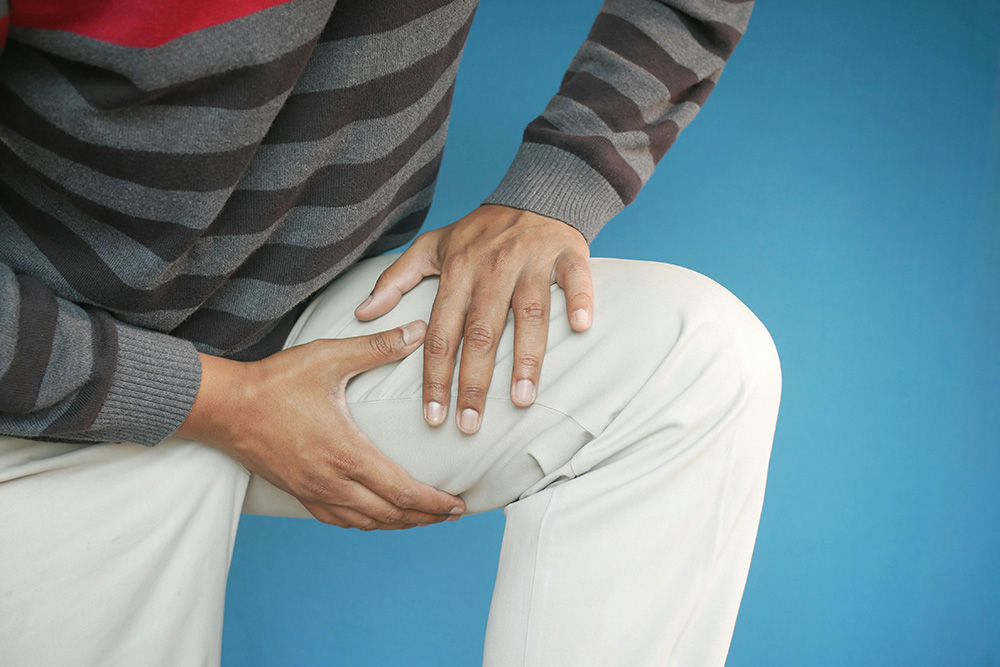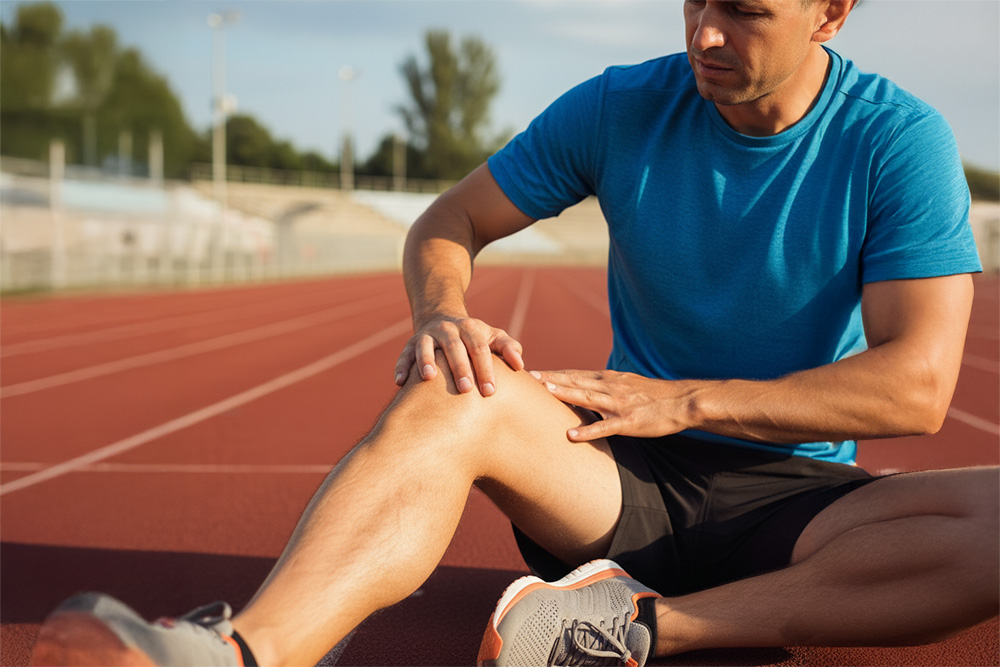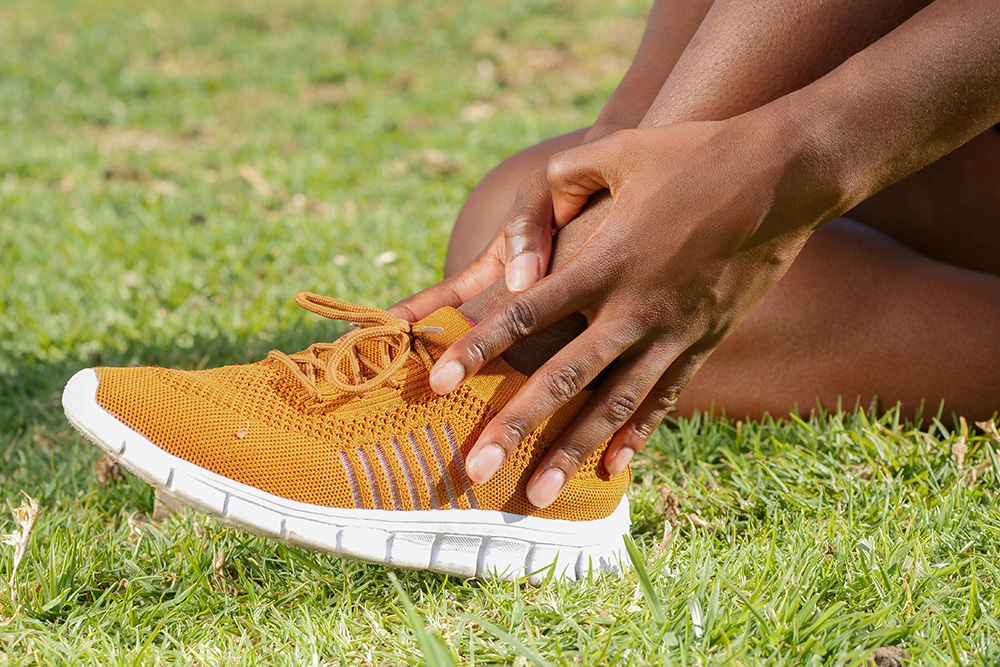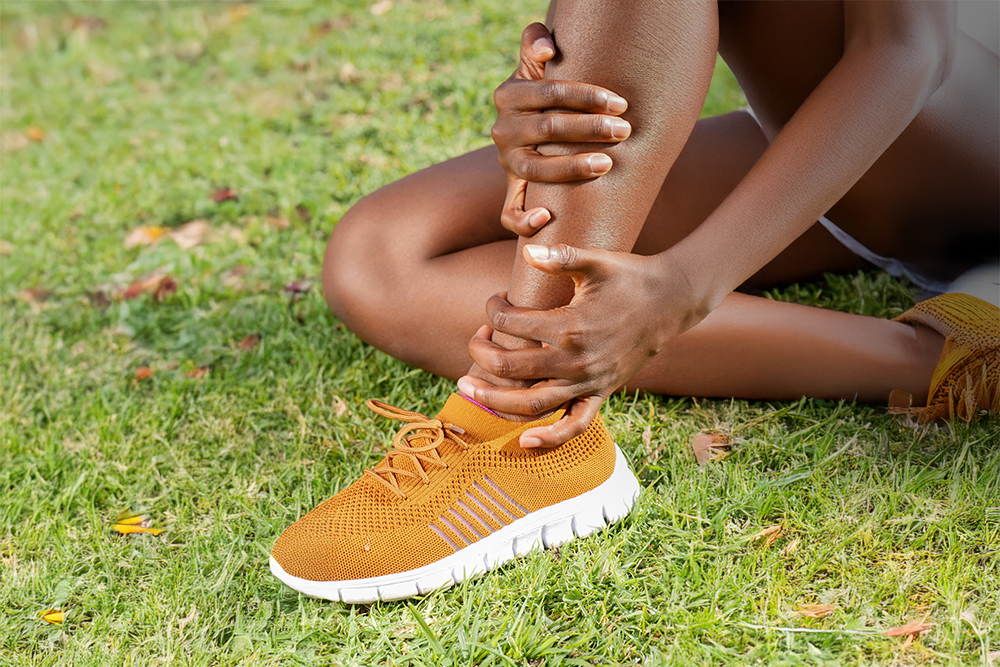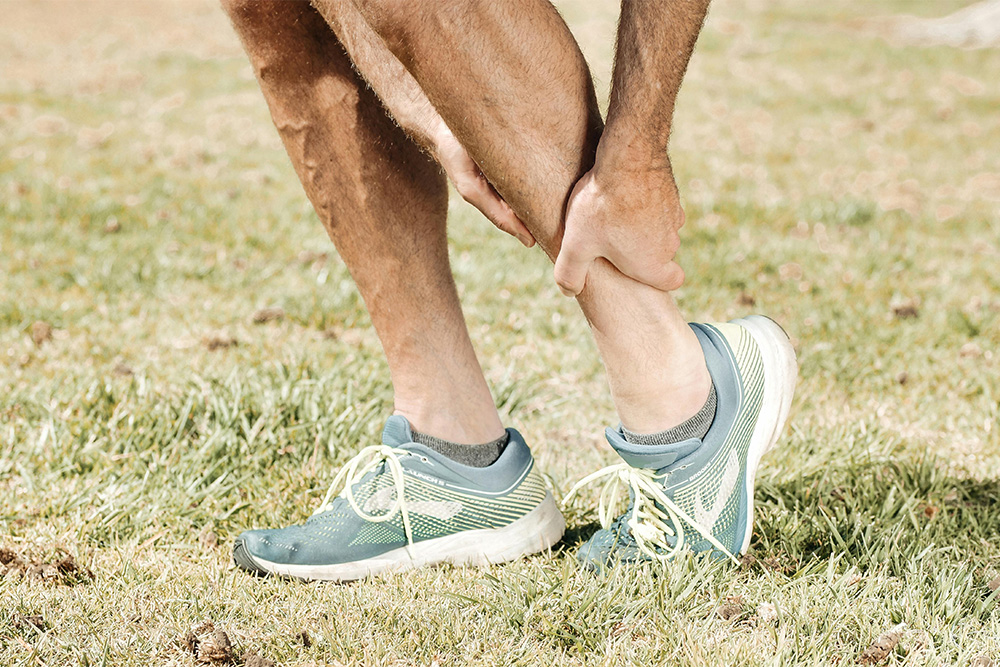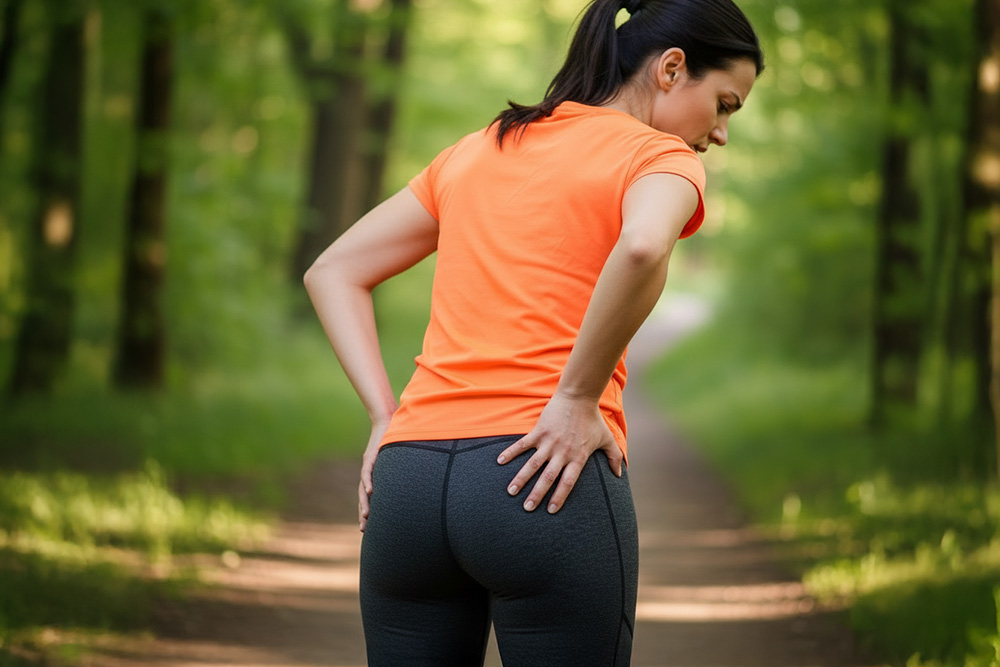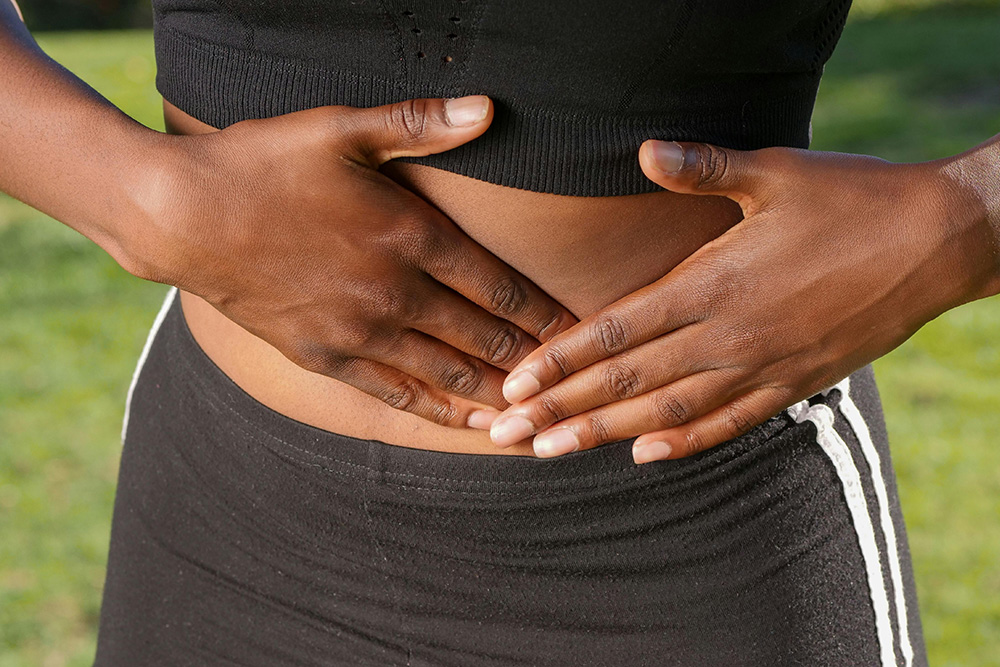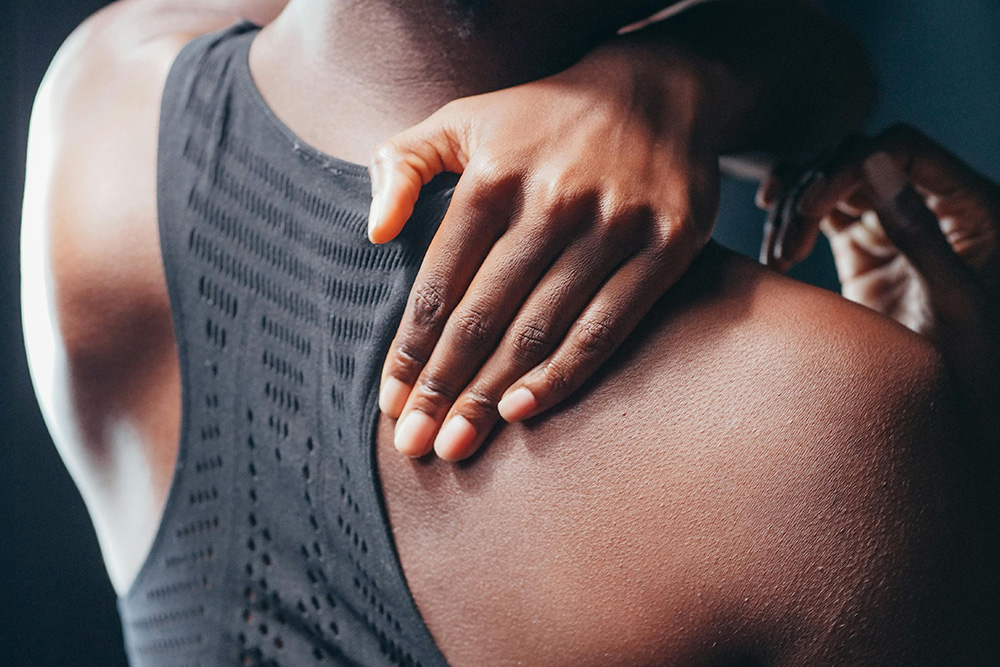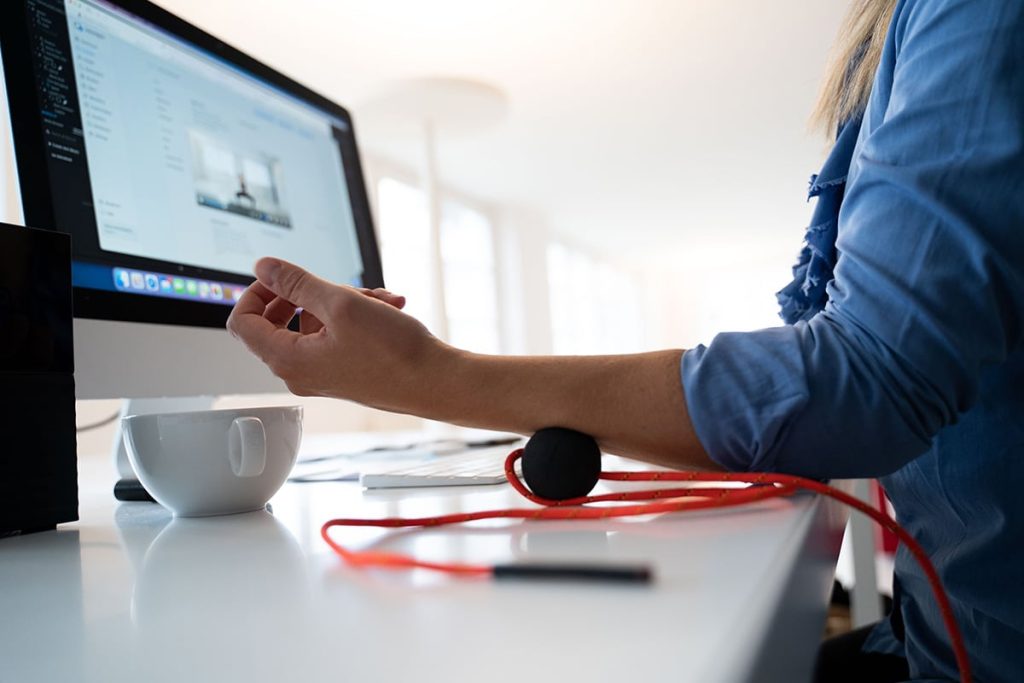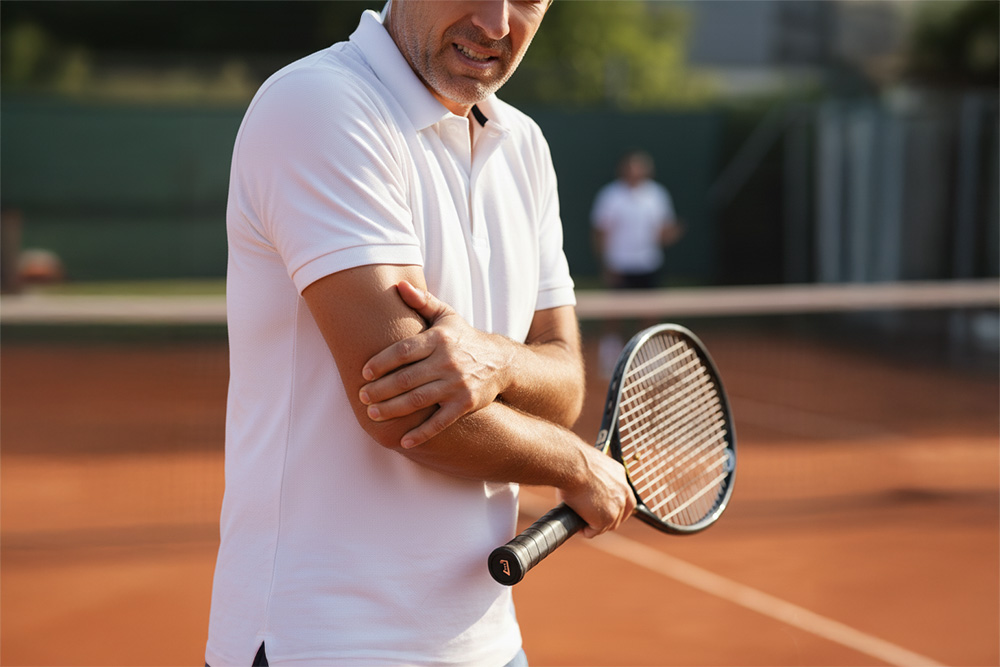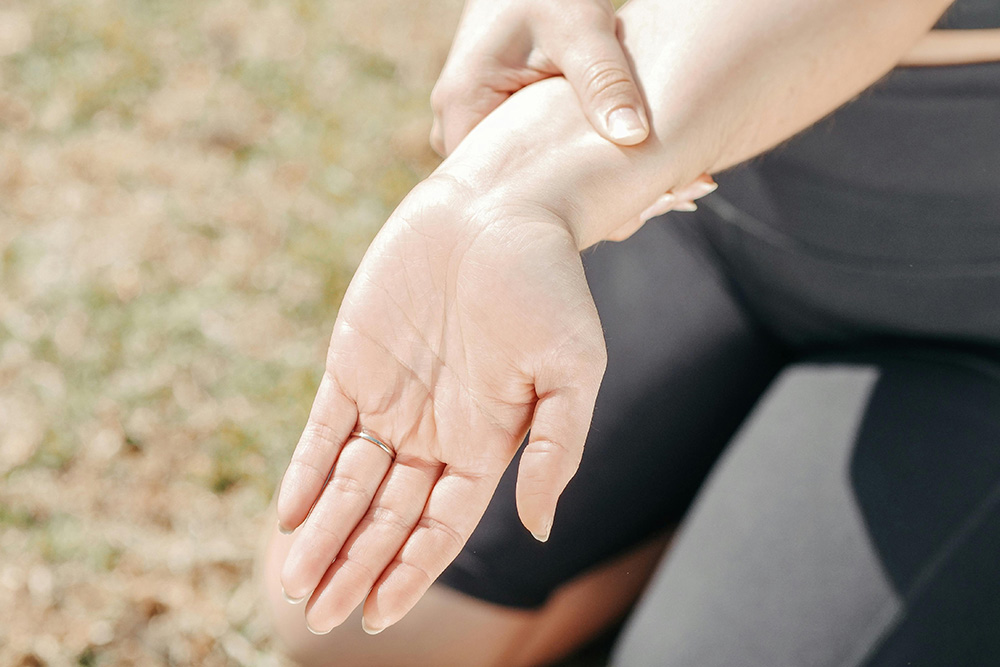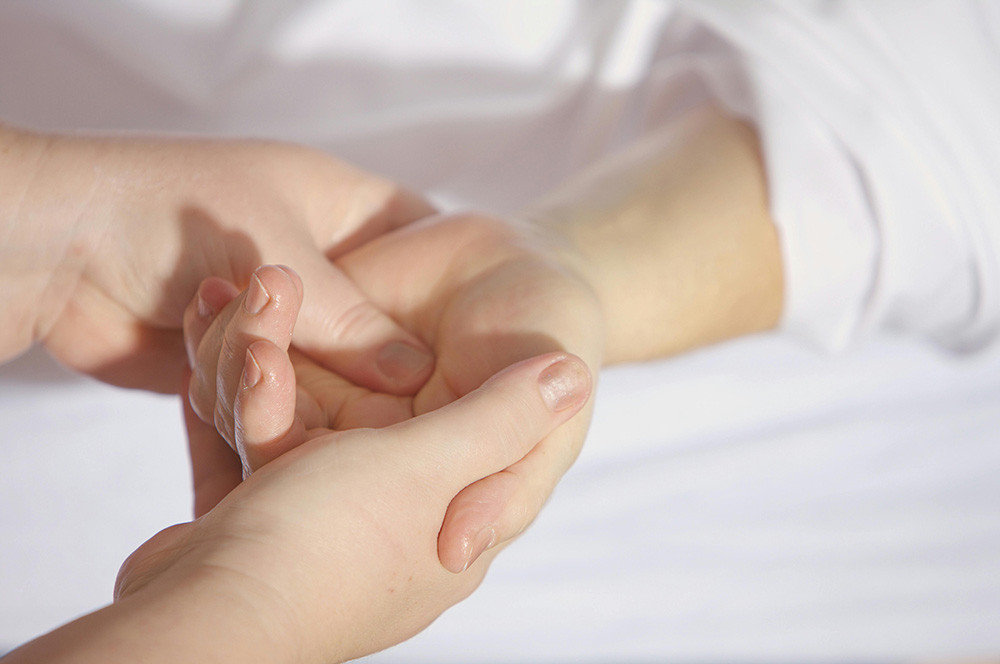HAPPY MUSCLES — FAST!
Knee pain often stems from muscle tightness or “muscle knots” in surrounding areas. If you feel pain in the back of your knee, it’s frequently due to tight hamstring muscles in your thigh. Pain on the side of your knee is commonly linked to the IT Band or knots in your outer quadriceps.
The quadriceps are the muscles located on the front of the thigh. There are four different muscles that make up this muscle group. These muscles allow for hip flexion and straightening, or extending the knee. Muscle knots in these muscles can cause pain in all areas within the belly of quadriceps muscle.
Pain in the side of the leg can be caused by a number of different muscles that are located around the hip joint. IT Band syndrome is a common complaint. The IT Band is a band of thick connective tissue. Muscle knots on the outside quad muscle can mimic IT Band pain on the outside of the leg.
The adductor muscles consist of 5 muscles that are located on the inside of the thigh. These muscles are responsible for bringing the leg and thigh towards the body or midline of the body and stabilizing the leg while walking.
The hamstrings are the muscles located in the back of the thigh. There are three different muscles that make up the hamstring group and are responsible for extending the hip and bending or flexing the knee. Tight hamstrings can also cause lower back pain.
There are two muscles that make up the calf complex or calf muscles, the gastrocnemius and the soleus. These muscles form the Achilles’ tendon that attach to the heel bone. These muscles are located on the back of the low leg and allow you to go up on your tip toes.
Muscle knots in the muscles on the outside of the ankle and low leg can cause pain near the outside ankle bone and sometimes on the outside of the foot. Pain or discomfort can also be felt behind the outside ankle bone. Other symptoms can include weak ankles, and pain on the outside of the heel.
Pain in the foot can be felt either on top, bottom, or sides of the foot. A general complain in this area is achy feet and tenderness to the smaller muscles of the foot. Muscle knots in the muscle on the outside of the shinbone can cause pain at the big toe and pain on the top of the foot.
The muscle located on the outside of the shin bone is responsible for pulling your toes towards the body and inverting the foot or bringing the arch of the foot upwards toward the body. Muscle knots in this muscle can cause pain in the big toe.
Muscle knots in the calf muscles can lead to pain in the Achilles Tendon. Muscle knots in the Tibialis Posterior can cause pain directly above the heel bone or what is known as the Achilles Tendon. This pain or discomfort will also be felt in the sole and/or arch of the foot.
Pain the glutes or buttock area can cause pain similar to sciatica or shooting pain leg. There are many muscles that contribute to glute pain. Knot spots in these muscles can mimic sciatica-like symptoms which is often described as pain in the back of the leg.
Pain in the hips can be described as pain in the “hip joint”. Knot spots in the Quadratus Lumborum and Tensor Fasciae Latae can refer pain to the hip area. If you feel deep joint pain, the source might actually be a tight muscle in your low back or outer hip.
Pain in the back can come from many different muscles throughout the body. Pain can be caused by muscles in the hamstrings and the upper back. Many people suffer from low back pain as a result of incorrect lifting, posture, and flexibility issues.
There are three primary muscles that cause abdominal pain, the Abdominis Oblique (muscles on the side of the stomach), the 6-pack stomach muscles, and the Iliocostalis Thoracis. Muscle knots in these muscles can cause pain in the stomach.
Shoulder pain is caused by a number of different muscles; primarily those that attach directly to the shoulder blade. Muscle knots in these muscles can refer pain locally around the shoulder blade and to the front of the shoulder; while other muscle knots can refer pain to the the shoulder.
Many of the muscles that attach to the neck and shoulder will refer pain to the upper arm. There are two main muscles of the upper arm. The Biceps Brachii muscles is on the front of the upper arm and allows the elbow to bend. The Triceps Brachii muscle is on the back of the arm and allows the elbow to straighten.
Elbow pain is a common complaint among athletes, especially throwers and those who play racquet sports. Muscle knots in muscles in the neck, shoulder, back, and forearm, can contribute to elbow pain. Therefore, treating muscle tension far from the elbow itself is often a key part of finding lasting relief.
The wrist has four basic functions: moving the hand towards the body, moving the hand away from the body, and moving to the left and to the right. Wrist pain is typically categorized by limited range-of-motion and weakness caused by knot spots in the forearm flexor and extensor muscles. Treating muscle tension throughout the entire forearm is essential for restoring the wrist and hand.
The flexors allow for grasping of things or bringing the fingers together to form or make a fist. The extensors allow the fingers to spread open, as to indicate a count of five. Pain the fingers can originate from muscle knots in muscles in the neck, shoulder, upper arm, forearm, and chest.
The primary muscle that causes chest pain is the large muscle located on each side of the sternum called the Pectoralis Major. Knots in this muscle cause local pain in the chest as well as refer pain down the arm. Muscle knots in this muscle can mimic a heart attack. Other small muscles with muscle knots cause pain on the side of the chest and along the sternum bone.
Muscle knots in muscles located in the neck and upper back/shoulder area can cause headaches, neck, and head pain. Muscle knots can cause headaches on the side of the head, the top of the head, behind the eye, and over the eye. Muscle knots can also cause jaw pain, tooth pain, TMJ symptoms, and ear pain.
Muscle knot in the muscles of the head, jaw, and neck can contribute to jaw and tooth pain. These same muscles contribute to head and neck pain. The muscles responsible for chewing are primary contributors, the Masseter and Temporalis, are primary contributors to pain in the jaw and teeth.





